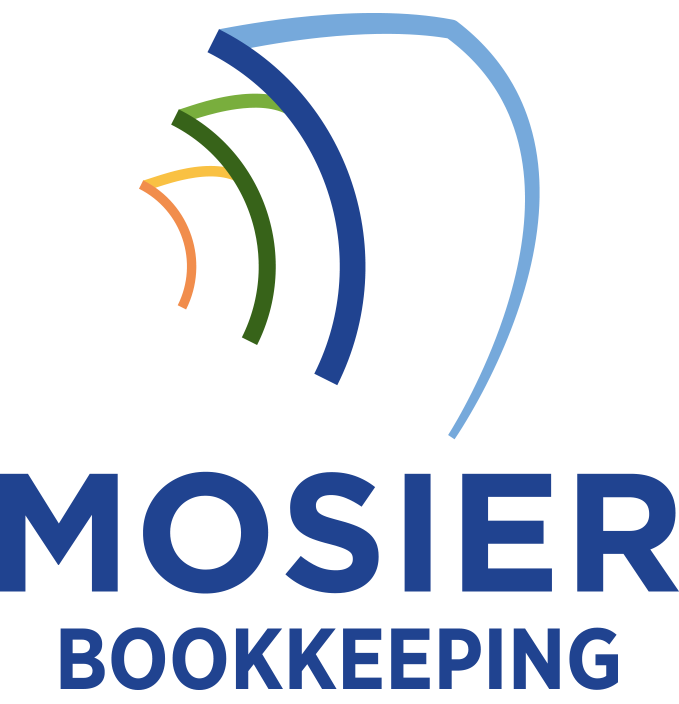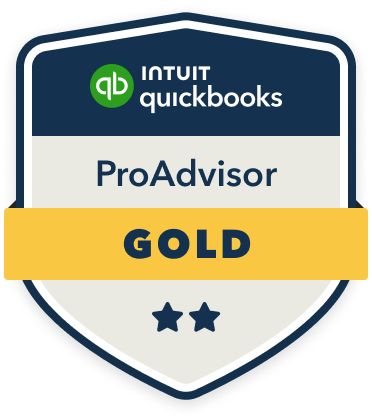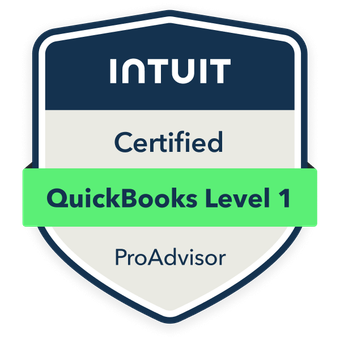To effectively track employee benefits across locations, I recommend implementing a cloud-based bookkeeping system that integrates with your payroll software and creates standardized benefit codes for each region. You’ll need to establish unique identifiers for different benefit types, maintain separate sub-ledgers for each location, and configure automated reconciliation processes. Create consistent reporting templates and use data analytics dashboards to monitor spending patterns and compliance. This systematic approach sets the foundation for mastering multi-location benefit management.
Setting Up a Centralized Benefits Tracking System
Managing employee benefits across multiple locations demands a robust, centralized tracking system to safeguard accuracy and compliance. I recommend implementing a cloud-based platform that integrates with your existing payroll software to streamline data collection and reporting.
You’ll need to establish standardized data entry protocols and create unique identifiers for each location’s benefit plans. I’ve found that setting up automated reconciliation processes helps catch discrepancies before they become issues. Configure your system to generate location-specific reports while maintaining consolidated oversight of total benefit expenses. This structure lets you analyze costs, track participation rates, and verify regulatory compliance across all operations.
Managing Location-Specific Benefit Requirements and Regulations
Each jurisdiction where your company operates brings its own set of benefit regulations and compliance requirements. I recommend creating detailed compliance matrices for every location, mapping out mandatory benefits, reporting deadlines, and local tax implications. I track these requirements in my digital system, setting automated alerts for filing deadlines and regulation updates.
I maintain separate sub-ledgers for each location’s specific benefits while linking them to my master chart of accounts. This structure lets me efficiently manage variations in healthcare plans, retirement offerings, and paid leave policies while ensuring I meet all local compliance standards and reporting obligations.
Implementing Digital Tools for Multi-Location Benefit Administration

While coordinating benefits across multiple locations can be complex, I’ve found that implementing the right digital tools creates a more streamlined and accurate administration process. I recommend deploying cloud-based HR management systems that integrate with payroll software to track benefits enrollment, costs, and compliance across all locations. I leverage automated workflows to process changes instantly, while using data analytics dashboards to monitor spending patterns and utilization rates. By centralizing benefit administration through these digital platforms, I maintain real-time visibility into our entire benefits ecosystem and can quickly adapt to regulatory changes or market conditions.
Standardizing Expense Categories for Benefits Across Regions
I’ve found that implementing a common benefits code system across multiple regions helps standardize expense tracking while accommodating local variations in benefit types and costs. Through careful benefit category mapping, I can create a unified framework that links similar benefits across locations, even when specific offerings differ due to regional requirements or market conditions. My strategic approach involves tracking regional cost variances within standardized categories, enabling meaningful comparisons while maintaining the flexibility needed for location-specific reporting and compliance.
Common Benefits Code System
Despite regional variations in employee benefits, implementing a standardized coding system helps organizations track and analyze benefits expenses consistently across locations. I recommend creating a four-tier coding structure: primary benefit type (health, retirement, leave), specific benefit category (medical, dental, 401k), regional variant (state-mandated additions), and cost center allocation. This system lets me quickly identify spending patterns and compliance requirements across territories.
I’ve found that assigning unique identifiers to each benefit type enables seamless data integration between different payroll systems and accounting software, while maintaining clear audit trails for regulatory reporting and budgeting analyses.
Regional Cost Variance Tracking
The standardized coding system serves as a foundation for tracking regional cost variances in employee benefits. I leverage this framework to analyze cost differentials across locations, identifying where we’re spending more or less on specific benefits.
I set up cost variance accounts for each benefit category, allowing me to monitor regional differences in healthcare premiums, retirement contributions, and local mandatory benefits. By mapping these variances, I can identify cost-saving opportunities and negotiate better rates with providers. I’ll use threshold alerts to flag significant deviations, enabling quick responses to unexpected cost increases and maintaining precise control over our benefits expenditure.
Benefit Category Mapping Guidelines
When implementing standardized benefit categories across regions, consistent mapping guidelines become essential for accurate financial tracking and reporting. I’ve found that establishing clear benefit categories helps maintain control over expense allocation while ensuring compliance across different jurisdictions.
- Map primary benefits (health, retirement, insurance) to standardized expense codes
- Create subcategories for region-specific benefits while maintaining global parent categories
- Implement validation rules to prevent miscategorization of expenses
- Establish clear documentation requirements for special cases and exceptions
I recommend quarterly reviews of category mappings to identify any emerging patterns or necessary adjustments, maintaining strategic oversight of your benefit expense structure while adapting to regional variations.
Creating Effective Reporting Methods for Multiple Locations

I’ll guide you through establishing efficient reporting methods that span your organization’s multiple locations by first implementing standardized templates that work across both digital and manual systems. When you maintain consistent formats, you’ll find it easier to track and analyze employee benefits data while ensuring accuracy between your digital platforms and any necessary paper documentation. These unified reporting structures enable quick cross-location benefit comparisons, helping you identify cost variations, usage patterns, and opportunities for benefit optimization across your entire organization.
Standardize Location Report Templates
Creating standardized location report templates stands as a critical foundation for managing employee benefits across multiple business sites. I’ve found that implementing uniform reporting structures guarantees data consistency and empowers decision-making across your organization. By establishing these templates, you’ll gain precise control over benefit tracking.
- Design templates with location-specific identifiers and common data fields
- Include standardized benefit categories and cost allocation sections
- Implement consistent formulas for calculating benefit utilization rates
- Create uniform date formats and reporting periods
I recommend incorporating automated validation rules to maintain data integrity. This standardization allows you to quickly compare metrics, identify trends, and leverage insights for strategic planning across your business locations.
Digital Vs Manual Systems
The choice between digital and manual systems represents a pivotal decision in establishing effective benefit reporting across locations. I’ve found that digital solutions offer superior scalability and real-time updates, while manual systems provide greater control and customization flexibility.
| Feature | Digital | Manual |
|---|---|---|
| Cost | Higher upfront | Lower upfront |
| Speed | Instant updates | Delayed updates |
| Accuracy | Automated checks | Manual verification |
| Integration | Cross-platform | Limited sharing |
I recommend implementing a hybrid approach: use digital systems for data collection and analysis, while maintaining manual oversight for compliance and auditing. This maximizes efficiency while maintaining essential control points over sensitive benefit information.
Cross-Location Benefit Comparisons
Building on our systems discussion, effective cross-location benefit comparisons demand standardized reporting frameworks that capture both similarities and variations across different operational sites. I’ve developed key metrics that enable strategic analysis of benefit allocation across your enterprise.
- Create location-specific benefit cost centers with standardized coding
- Implement variance tracking to identify regional cost differentials
- Establish benefit-to-compensation ratios for each location
- Deploy automated alerts for compliance thresholds
I’ll guarantee your reporting infrastructure provides actionable intelligence through comparative analytics. This empowers you to optimize benefit structures, negotiate with providers from a position of strength, and maintain competitive advantage across all operational territories.
Ensuring Compliance Through Regular Audits and Reviews
Regular audits and reviews serve as essential checkpoints for maintaining compliance across your organization’s employee benefits bookkeeping. I recommend implementing quarterly internal audits to verify accuracy in benefit calculations, deductions, and payments across all locations. You’ll need to scrutinize documentation, cross-reference payroll records, and validate benefit enrollment data.
I’ve found that establishing a systematic review protocol helps identify discrepancies before they become compliance issues. Focus on comparing actual versus reported benefits costs, examining location-specific tax implications, and ensuring proper classification of benefits. This proactive approach shields your organization from regulatory penalties and maintains your strategic advantage.








